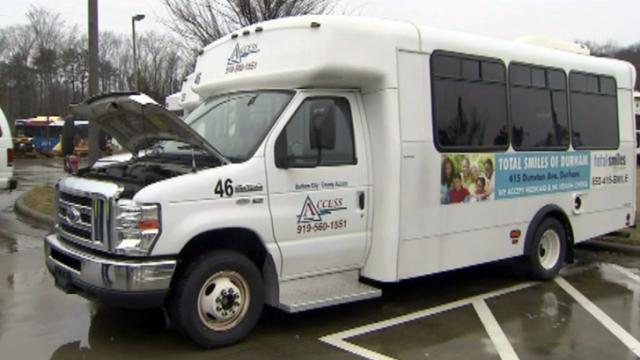Durham Forced To Retrofit Buses
Back in 2011 the city of Durham added a number of hybrid buses to their fleet hoping that they would save money.
They are converting those vehicles back to gas engines:
Durham, N.C. — Durham officials have found it’s not easy being green.
The city decided this week to convert 10 of its hybrid vehicles – light transit vehicles, or LTVs, that transport people with disabilities – back to gas-fueled engines because of maintenance problems. City buses will continue to have hybrid engines.
Troubles With New Technology
Reading through the article I was hooping that we would see numbers on the results – were the vehicles saving money or not. If so, how much per month/year. However, all we got is this:
The savings never panned out, however, as repairs started piling up.
“After about six months, we started having issues with them,” city maintenance manager Scott Mozingo said. “Then, we had issues with parts.”
So, yeah, repairs is a big part of fleet management, however, repairs exist in gas engines as well. I think the nail in the coffin was elsewhere:
In 2012, the company that outfitted the hybrid vehicles went bankrupt, so Durham could no longer get the parts they needed to make repairs.
“We started parking vehicles as they were breaking down because we didn’t have parts for them,” Mozingo said.
I have to believe that if the technology was viable, the company would not have failed leaving Durham in the lurch. I know that all new technologies carry risk for early adopters, but the trend in this alternative energy isn’t new or small.








